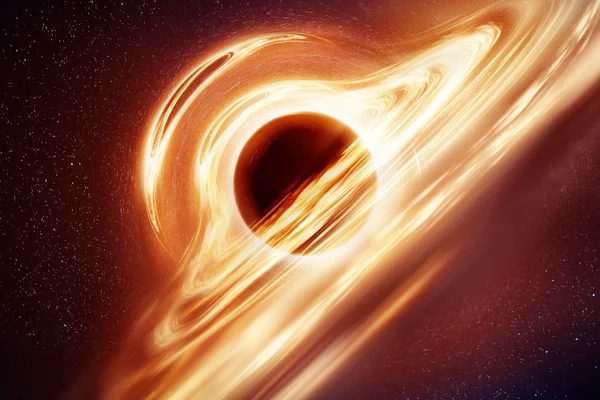More News : In a breakthrough that could reshape our understanding of the universe’s origin, scientists have detected a mysterious red dot of light using the James Webb Space Telescope. The light dates back to about 600 million years after the Big Bang and has been labeled as QSO1.
According to a team led by Cambridge University astrophysicist Ignas Juodžbalis, this could be a black hole with a mass nearly 50 million times that of the Sun. If confirmed, it may be among the earliest known black holes ever discovered.
Researchers suggest it could either be the result of a “direct collapse black hole”—where a massive gas cloud collapsed directly into a black hole—or a “primordial black hole” formed right after the Big Bang. Further investigation is required before confirmation, as the study is currently under peer review.
What makes the discovery striking is that the suspected black hole appears enormous, yet the galaxy around it is unusually small, giving it a “naked” appearance. This raises the possibility that in the early universe, black holes might have formed first, with galaxies taking shape around them later.












